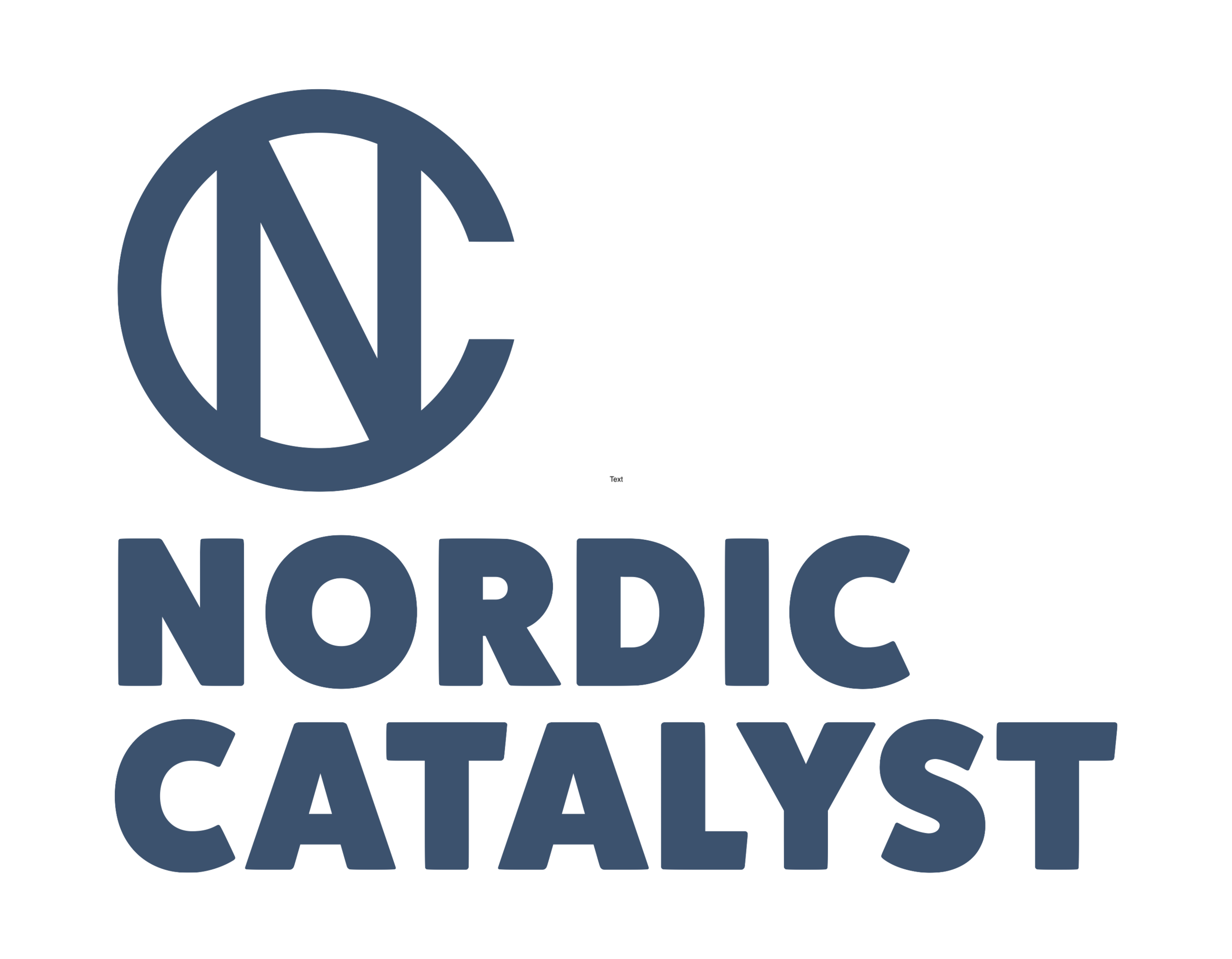Combatting intellectual waste
On the importance of innovation management and technology transfer
The world is changing faster than ever, and we are facing complex problems such as global warming, environmental pollution, or the need for new medicines for the ageing population. Research is one of the best ways of addressing these challenges. Systematic scientific methods and international collaboration networks are the key to first understanding and then improving the present solutions or conditions. However, no matter how good the new inventions are, they are not of any benefit if they stay inside the academia or the R&D department. It is hence crucial to ensure that the acquired knowledge and the developed technologies are efficiently disseminated and exploited in the society and for the benefit of our planet.
Nevertheless, it is still a huge challenge for many companies and research institutions to find the right partners, tools, and capacities to profitably transform new ideas into novel products or services. Technology transfer and innovation management are interlinked fields that tackle exactly this problem and aim to bridge the gap between science and business. But what are the definitions of these fields, and what is it like to work with them? I’ll briefly answer the first question below and tell you more about the practical side in the coming posts.
Innovation is a broad and abundantly used term, and its meaning varies depending on the context and source. Generally, innovation management aims to improve the organisation’s ability to remain competitive and respond to new opportunities so that it can efficiently produce and promote new ideas, processes, or products. New inventions need to be first of all identified and, depending on the needs of the specific case, subsequently refined, productised, marketed, and finally commercialised in a form that makes them accessible to the target group.
Innovation management is also subject to various standardisations, for example the International Organization for Standardization ISO 56000 family of standards. The standards cover several subfields ranging from innovation objectives and strategies to organisational policies and processes, structures, and responsibilities. The desired innovation aims are systematically achieved through iterative cycles of planning, operations, and assessment.
Also access to key stakeholders and networks plays a critical role in both innovation management and technology transfer. It can furthermore be said that efficient innovation management functions as a platform for successful technology transfer activities.
The term technology transfer usually refers to the commercialisation or practical implementation of inventions developed in research organisations. The responsibilities of the professionals working in the field range from innovation management and intellectual property (IP) administration to corporate liaison and market analysis. Technology transfer offices (TTOs) of research organisations also play an important role in nurturing a vibrant atmosphere for new ventures. New technical inventions are often patented, and new business opportunities are subsequently created by out-licensing or selling of this protected IP to a new spin-off or an existing company that can benefit from the technology. The broader term “knowledge transfer” is sometimes used, especially when describing the variety of value-creating interactions between research organisations and companies or the public sector.
From a societal point of view, the goal of innovation and technology transfer is not only to create economic benefit and new business, but to achieve impact in a wider sense — for example social or environmental improvements related to the global problems mentioned earlier. Investing in only science is thus not enough — it is important to take the whole value chain into account. Many valuable inventions already exist but are left unused or without that extra push.
Working in this field is highly inspiring due to its variability and the endless possibilities involved. Collaboration is essential; between scientists and the TTOs, investors, startup founders, IP professionals, corporations, and service providers. As in other fields involving several stakeholders, it often comes down to communication and connecting the right dots at the right time. In other words, it’s about joining forces and combatting intellectual waste, invention by invention.
About Nordic Catalyst’s blog:
I am writing about technology transfer and innovation management from a practical point of view, highlighting interesting topics, organisations, and people I encounter in my work. If you have any questions or suggestions related to the contents, please do not hesitate to comment below or contact me at saara.inkinen@nordiccatalyst.com.
Saara Inkinen, D.Sc. (Tech.) — Founder of Nordic Catalyst
SHARE AND ♥, IF YOU LIKED IT!




